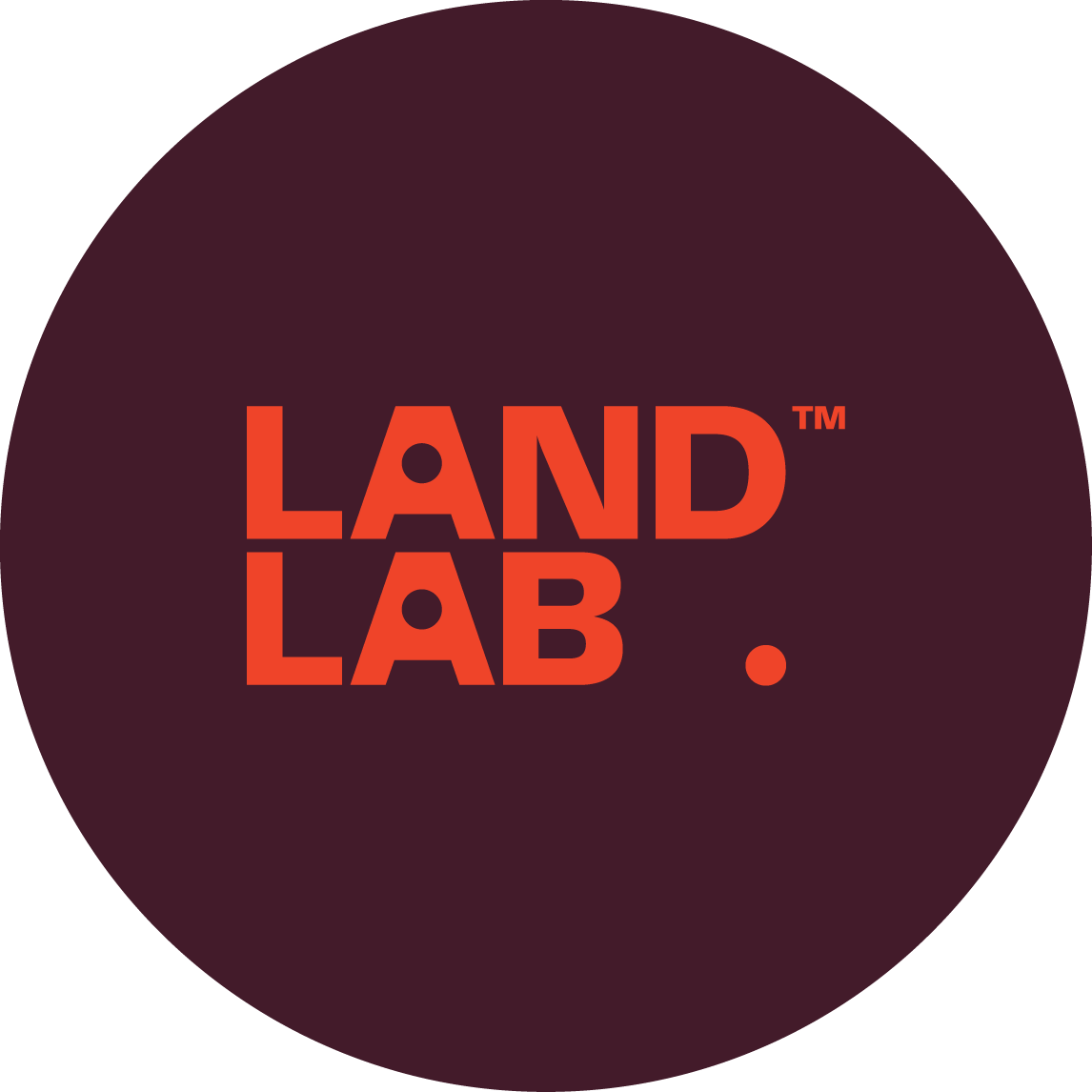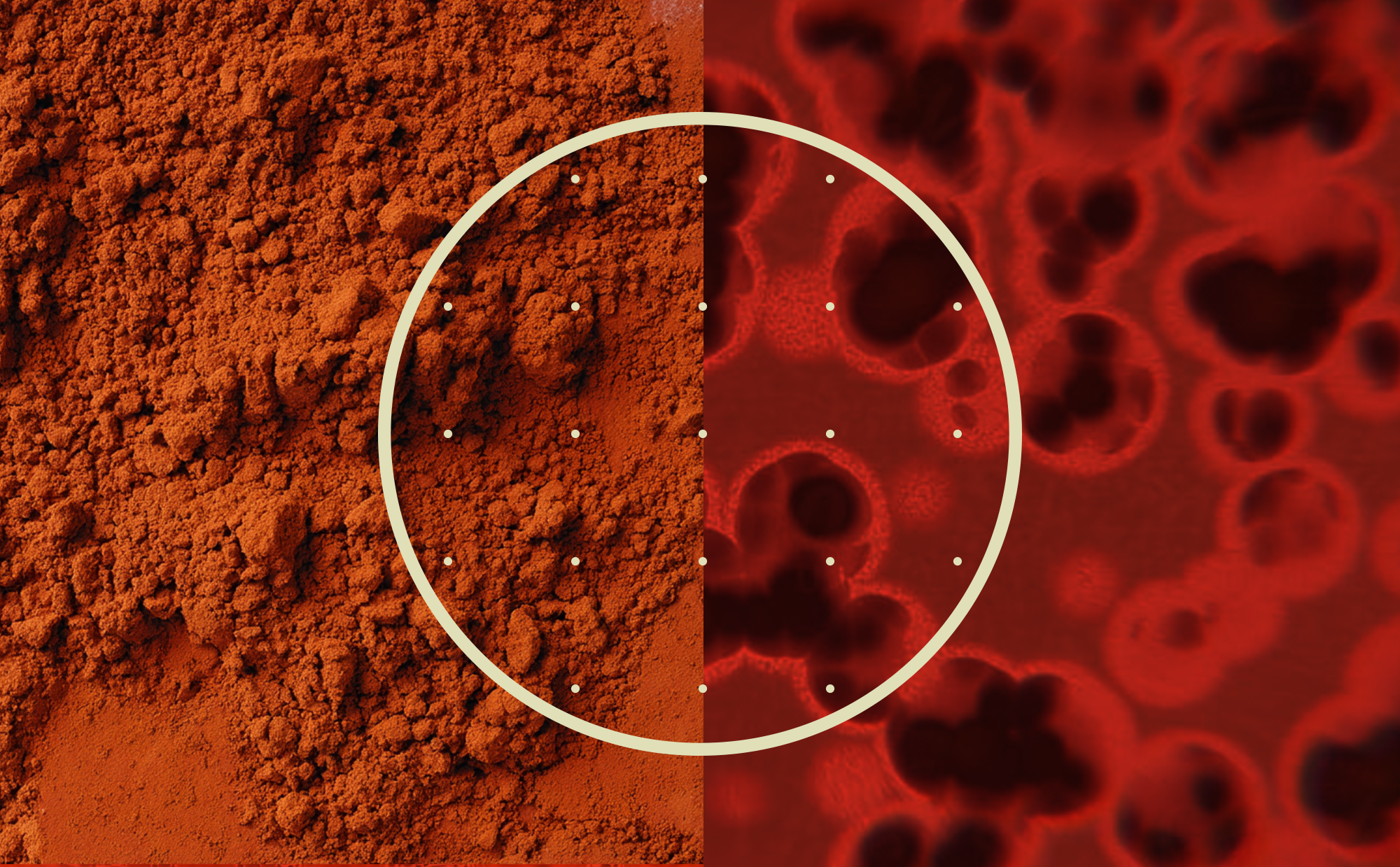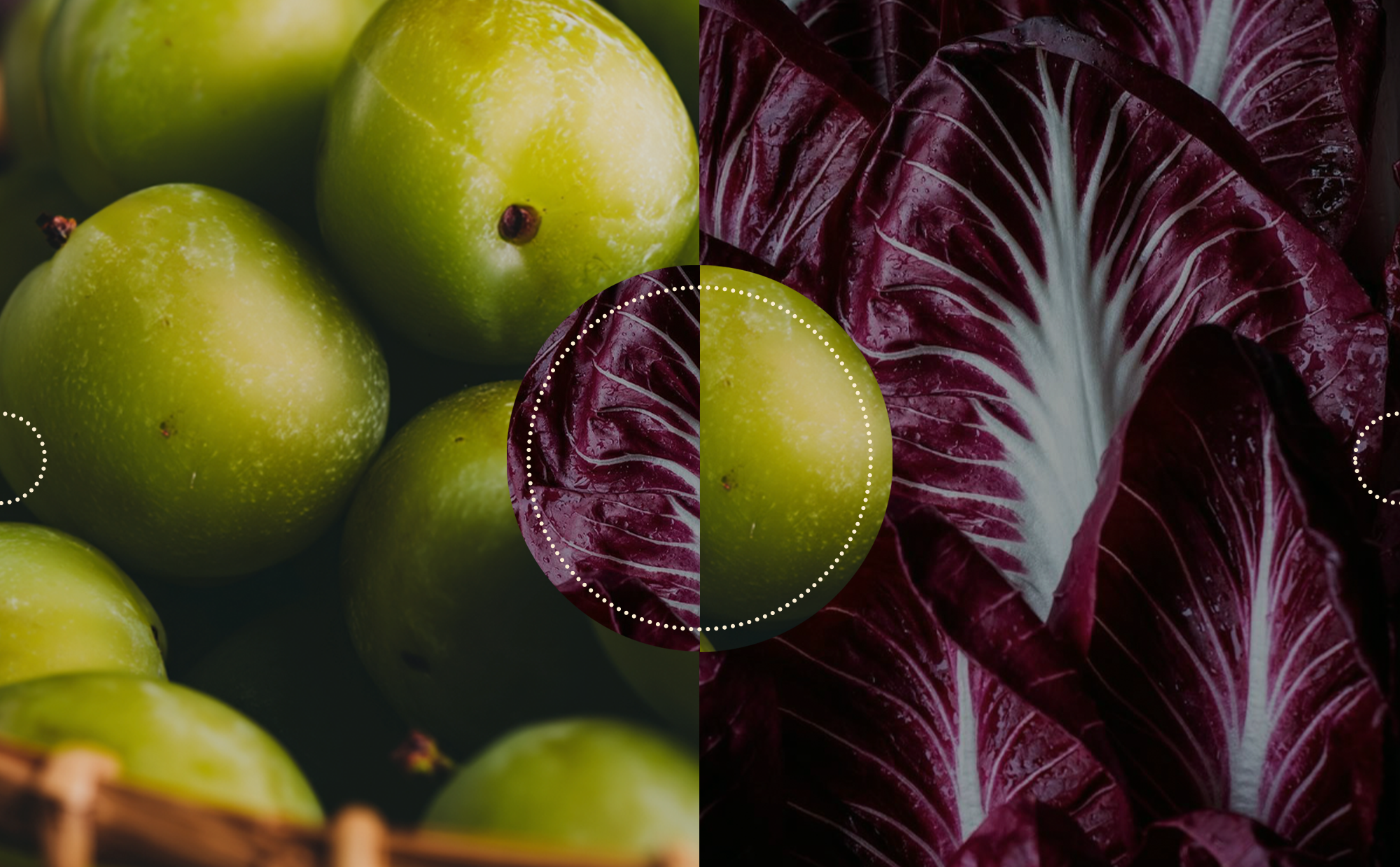A Beginner’s Guide to Understanding Micronutrients
Everyday we are hearing more about nutrition and the impact it has on our health and wellbeing.
Terms such as macro’s, micro’s, vitamins, minerals, natural, synthetic, methylated, anti-nutrients etc are being thrown around constantly across a variety of media sources. It is no wonder then, that understanding nutrition, particularly micronutrients and the role they play in health and wellbeing can be challenging. To support you, we’ve created the following beginners guide on micronutrients to lay the foundations to great health and wellbeing.
Beginner’s Guide to Understanding Micronutrients- what are micronutrients?
Micronutrients refer to the essential nutrients the body requires in small (micro) amounts, usually less than 100 mg/day¹, that don’t directly contribute to energy intake (that job is for the macronutrients, nutrients needed in large amounts i.e. carbohydrates, proteins, fats).
Rather than contribute to energy, micronutrients play an active role in turning food into usable energy and supplying the body with a range of vitamins and minerals that facilitate many biochemical and physiological processes within the body. These processes include:
- Neurotransmitter synthesis
- Digestion and absorptive processes
- Smooth muscle relaxation and contraction
- Teeth and bone formation
- Enzyme and hormone production
- Waste production and removal
- And many more.
Because of their roles in the body, micronutrients are essential to maintaining daily body functioning and health. They are so important for health and wellbeing that certain micronutrients have been listed as an essential medicine ² by the World Health Organisation and can prevent and treat diseases including Alzheimer's, bone development conditions, osteoporosis, anaemia, and inflammatory bowel conditions³.
Micronutrients are essential to all living organisms, including plants, and are collectively called vitamins and minerals.
VITAMINS
There are 13 vitamins required by the body which can be further divided into fat soluble vitamins and water-soluble vitamins.
The fat-soluble vitamins include:
- quinones (vitamin K)
- retinol (Vitamin A)
- calciferols (vitamin D),
- tocopherols and tocotrienols (vitamin E)
The fat-soluble vitamins are digested in the intestines and are absorbed into the body via lipids (fats). Because they are absorbed by fats, they’re not often excreted via daily body waste and have the potential to build up in the body over time.
Water soluble vitamins mix easily in water and exit the body most often via urine. Because of this, they need to be replenished daily.
The water-soluble vitamins are ascorbic acid (Vitamin C) and the following 8 B vitamins:
- thiamine (vitamin B1)
- riboflavin (vitamin B2)
- niacin (vitamin B3)
- pantothenic acid (vitamin B5)
- pyridoxine (vitamin B6)
- biotin (vitamin B7)
- folate (vitamin B9)
- cobalamin (vitamin B12)
MINERALS
Similar to vitamins, minerals can be divided into two types, microminerals and minor minerals also termed trace elements¹.
The five main microminerals are:
- magnesium
- calcium
- phosphorus
- potassium
- sodium
The microminerals or trace elements used in the body include: iodine, zinc, iron, sulfur, chlorine, cobalt, copper, manganese, molybdenum, chromium, and selenium.¹
While the body can make some micronutrients, it is often in insufficient amounts¹ and therefor it is essential to get them through the diet. Plants supply the majority of micronutrients for our bodies¹ which is why we need a range of different foods in our daily diets. Low quantities of micronutrients in the body and deficiencies can occur when dietary intake is insufficient such as what can occur in health conditions like malabsorption, or in periods of rapid growth and change like teenage years and pregnancy. Deficiencies can also arise from taking certain pharmaceutical medication, and from environmental factors such as lack of sun exposure or micronutrient loss through excessive sweating because of hot, humid weather.
Anti-nutrients are substances that can also inhibit the actions or absorption of micronutrients. These anti-nutrients are often found in the same food sources rich in micronutrients, however, they can be ‘deactivated’ by various cooking and food preparation methods to make the vitamins and minerals more bioavailable (easily absorbed and used by the body). Nardoo is an example of a native food that needs to be prepared appropriately to remove anti-nutrients before eating, and soaking grains like barley or legumes like chickpeas helps remove the anti-nutrient phytic acid, which binds to minerals leading to mineral deficiencies⁴.
How to meet your micronutrient requirements
Eat a wide variety of different foods daily, both cooked and raw, and of varying colours. In addition to eating a balanced and varied diet, to meet micronutrient requirements and to help prevent deficiencies, people may take supplements and/or choose foods that have extra micronutrients added to it such as iodised salt, folate fortified juice and cereals. However, before considering a supplement, it is recommended you speak with your health professional about checking and texting for micronutrient deficiencies as too many of specific micronutrients in the body can lead to hypervitaminosis and cause health issues.
So there you have it, a beginner’s guide to micronutrients and why you need them in your diet to promote strong foundations to live healthy and well.

Written By
Felicity Kerslake
Bush Naturopath and Nutritionist | Founder, Australian BushFood Education Centre
Felicity Kerslake is a proud Wiradjuri woman with over two decades of experience as a bush food naturopath, sports nutritionist and educator. She is the founder and director of the Australian BushFood Education Centre, where she champions culturally grounded, science-informed approaches to nutrition and health using Australian native plants. Her integrative practice bridges natural health with conventional medicine, and she brings extensive experience across private practice, allied health, and sports performance.










